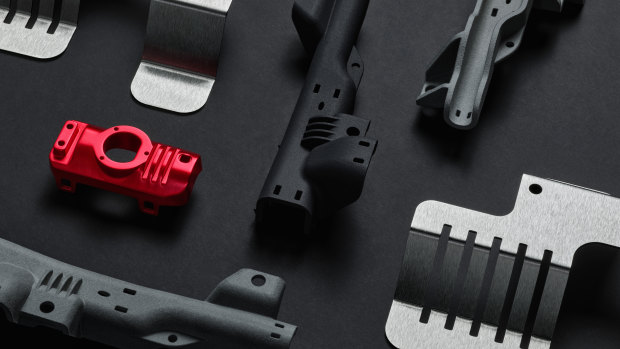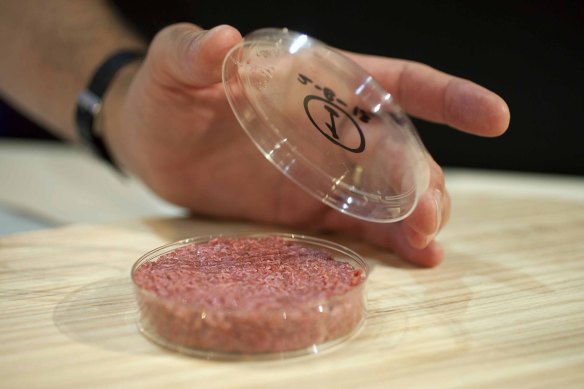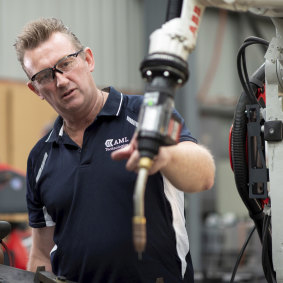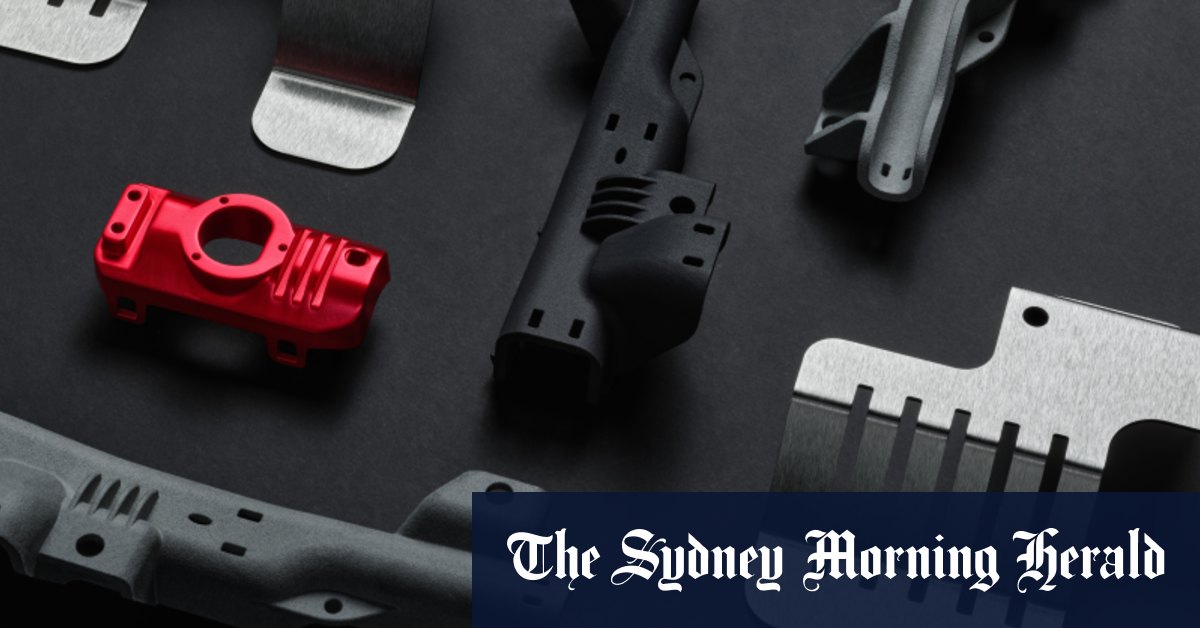loading
“3D printing will remain a niche product for the foreseeable future,” Jager said.
“If you only need to print a few items a year, the simplest solution is to use an online 3D printing service. These facilities provide a range of 3D printing materials and processes using professional-grade machines.”
It could be that the proliferation of such services will make the notion of in-home printing redundant, as you could upload your 3D file to the closest commercial printer and have it shipped to you that day. But these services are currently expensive.

Engineers can make bespoke parts in small quantities using 3D printing.Credit:hubs
“If you need a replacement part for something, such as a camera lens cap, it’s usually more cost-effective to buy the part directly from the manufacturer,” Jager said.
Hubs, an online service that connects engineers and consumers with a global network of printers for on-demand manufacturing, has produced 7 million parts since 2013. Research commissioned by the company predicts the global 3D printing market to accelerate sharply from this point, tripling to reach $US44 billion by 2026.
But Hubs co-founder Filemon Schoffer doesn’t expect much of that will include consumers setting up printers in their own homes.
“The range of applications is really the fundamental limit to the current adoption rate for 3D printing. For a non-engineer, there’s simply not that much use, beyond hobby DIY,” he said.
“For professional engineers, it’s a completely different story; design validation, geometry testing, prototyping, low-volume end–part production. If you’re prototyping daily, typically use the same materials, and don’t need high-resolution, buying a desktop 3D printer would make sense. If you need larger parts or better resolution, have a variety of needs, or require more difficult materials for your parts, a 3D printing service would be the preferred choice.”
According to Google Trends data, most of the things the people of 2012 thought we’d be printing are the same things people are searching for right now; food, houses, body parts and clothes. And for the most part, those things are being 3D printed, just not in anybody’s home.

The world’s first lab-grown beef burger was cooked in London in 2013. The in-vitro burger was cultured from cattle stem cells.Credit:Reuters
Printed plant-based steak is available in Europe. A 3D-printed ear was attached to a patient just this year. Fashion designer Iris Van Herpen incorporates many printed elements, and companies around the world are 3D-printing low-cost housing.
But where the 3D printing revolution has truly taken hold is at an industrial level.
Engineers can now iterate prototypes faster or manufacture unique items, students learning to code or model in 3D can get physical results to study, and the capabilities of huge expensive industrial printers have improved far beyond what we’ve seen in the desktop space.
In particular the ability to print metal parts up to thousands of kilograms in weight has opened new doors for manufacturing, where 3D printing (or “additive manufacturing”) has some significant advantages over traditional machining.

AML3D founder Andy Sales.Credit:
“Think of a big metal block, which gets machined down to let’s say 30 per cent of what it originally was. You’ve got 70 per cent in waste there. But not only that, you’ve got all the machining time to take away that 70 per cent,” said Andy Sales, founder and managing director of ASX-listed AML3D.
“And the carbon footprint of our process is an order of magnitude less than then the traditional. Our energy output is minimal. The wire feedstock that we use has a minimal footprint.”
ASX-listed AML3D prints huge metal parts for marine or aerospace applications, and has been certified through classification societies DNV and Lloyd’s Register to supply mission-critical parts to the likes of oil rigs or the Navy.
It also sells complete large-scale robotic metal printers to companies that want to print their own parts, which Sales is confident will become increasingly common.
“Let’s say you’re building a ship, and you’ve got a nice little workshop alongside the wharf, and that’s printing off critical metal parts to be installed on the ship. Normally, you would have relied on a supply chain for that, whether it be a casting shop, or a forging shop, maybe in another country,” he said.
loading
“And instead of a big area with all these kilos of parts in the yard, you have it in a digital library. When you need it, you can get it printed.”
And there’s no reason why a panel beater or any small engineering company wouldn’t one day be able to use in-house printers, he said, as processes and devices become more standardized.
“I call it like the Mercedes model. You know, whatever Mercedes used to put in their cars, 10 years later it would be in a normal Toyota.”
Get news and reviews on technology, gadgets and gaming in our Technology newsletter every Friday. Sign up here.
